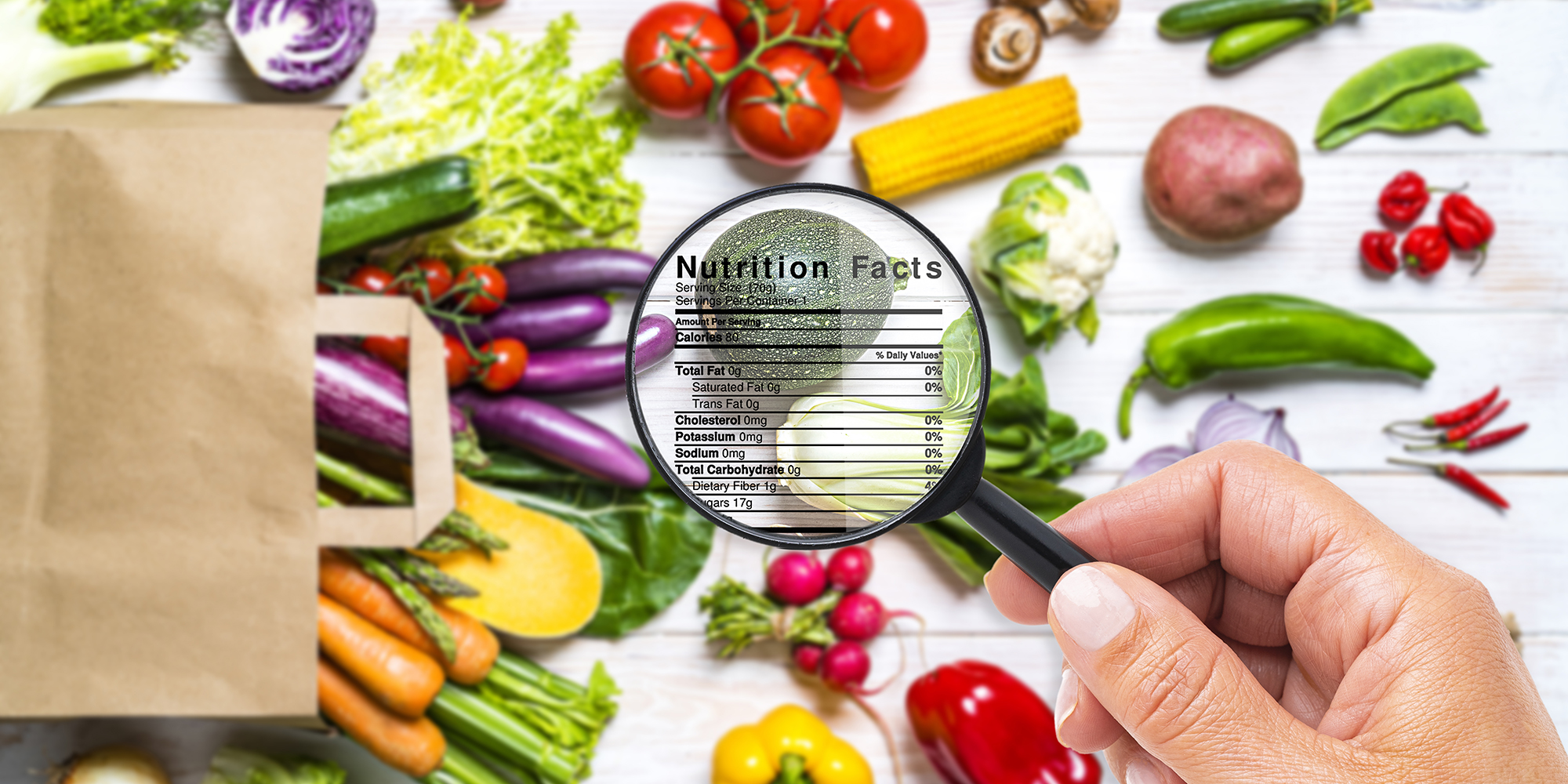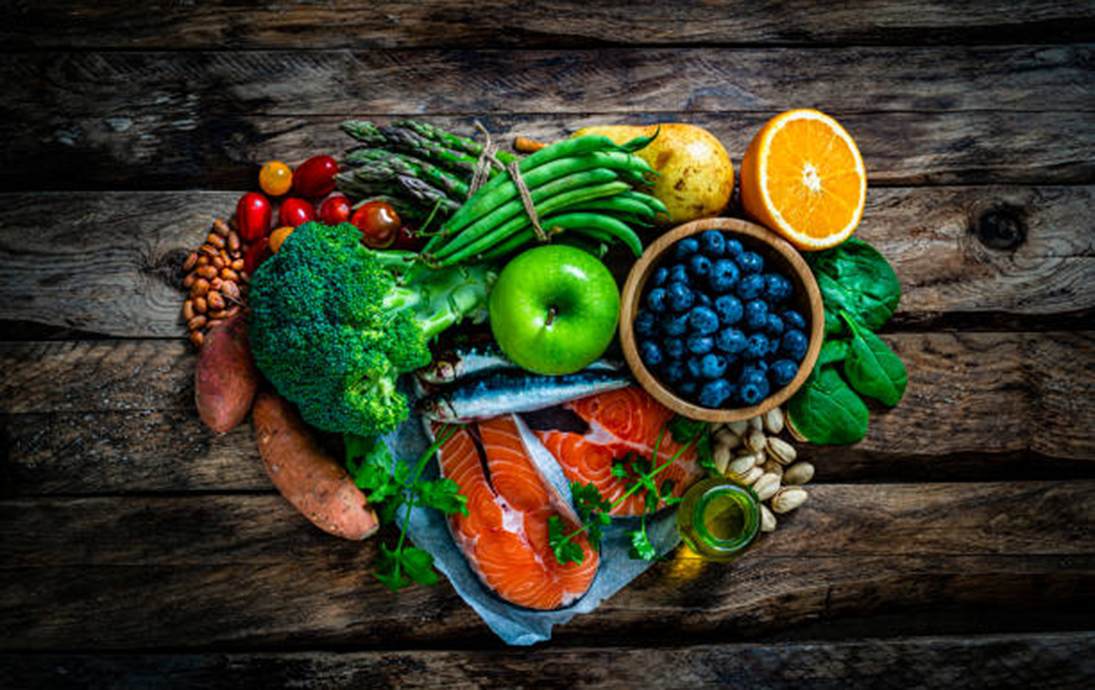
Know what to look for to make smart selections next time you head to the grocery
Learning how to read a food label is an important step in making better choices for your health. With so many numbers and categories, what are the key things you should be looking for when you flip over that box or bag?
The food label and nutrition facts can help you identify the best foods to choose, make food comparisons, and balance your food choices. Follow these five easy steps for healthy food choices:
Step #1: Check the Calories and Serving Size
It’s important to check the serving size and the number of servings per container. The number of servings you consume actually determines the number of calories you eat. Eating too many calories per day is linked to obesity and the development of certain chronic diseases.
Step #2: Limit Certain Nutrient
Nutrients including fat, cholesterol, and sodium are often too high in our diet. Eating too much of these nutrients may increase risk for certain chronic diseases such as heart disease, cancer and high blood pressure.
Step #3: Look at Added Sugars and Fiber
Current health guidelines suggest 10% or fewer of our calories from added sugars, which is a max of 50g per day for most people. Keep added sugars low and fiber high when you can.
Step #4: Nutrients to Focus on Adding
Calcium, iron, potassium, and other vitamins are important to your diet and are associated with good health. Found in this bottom section of the food label, these are often nutrients we don’t get enough of.
Step #5: Tune Into the % Daily Value
The % Daily Value tells you the percentage of each nutrient in a single serving and is based on consuming 2,000 calories per day. Tune into the 5/20 rule: if you want to consume less of a nutrient, choose foods with lower % daily value (5% or less). If you want more of a nutrient, choose foods with a higher % daily value (20% or more).

Don’t forget to read the ingredients
Although the nutrition facts label provides great insight and can help you make better choices for your health, reading the ingredients can often give you even more insight on what you are consuming. It is the only way to determine if it is made of real food or if it contains added sugars, vegetable oils, and additives.
For more information go to Dietary Guidelines for Americans, choosemyplate.gov or eatright.org.


